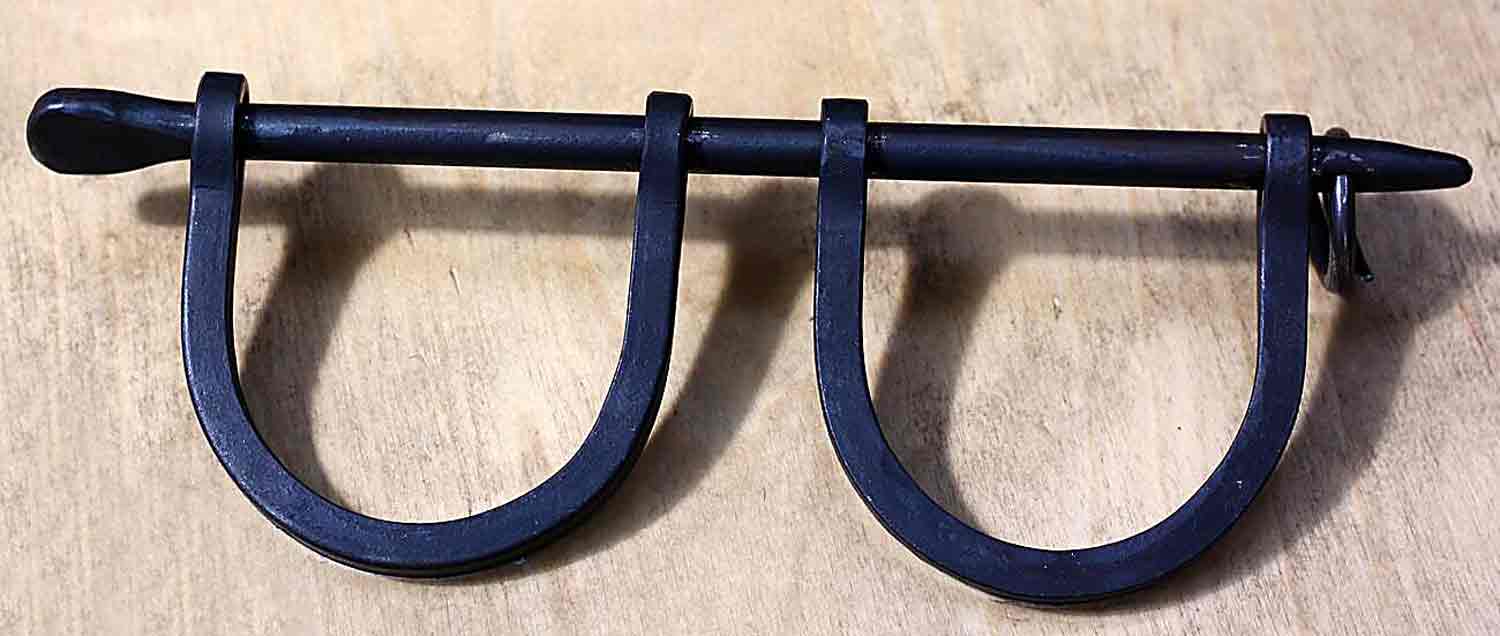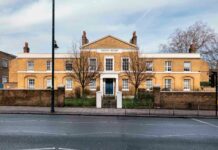Behind the abolitionists – the slave merchants

I learnt from Young Creators UK, a youth-led media agency, about the opportunity that the Centre for Investigative Journalism had for aspiring investigative journalists to work with their local independent newspapers to aid marginalised voices enter the sector.
When I was invited to work with Brixton Bugle I was excited. This was at a time Lambeth council was looking at the borough’s links to slavery.
I am someone who has always been interested in the history of the British Empire. My main goal was to look at the financial gain that Lambeth received from the British slave trade.
I was trying to trace the money and find out what parts of Lambeth got investment from slavery money.
The first step I took was to look through the research already undertaken by Lambeth council and the Lambeth Archives. The information looked at the roads and monuments in the area that could have links to slave traders and administrators.
Through this information I discovered that Tulse Hill was named after Sir Henry Tulse. Through research, I found out that he was a merchant and a company director of the Royal African Company.
Although Tulse had a significant impact on Lambeth, It was Clapham that sparked my interest.
Clapham was always known as the home of abolitionists. However, hidden behind a narrative of honour and humanitarianism, was a large population of slave owners, administrators and merchants who lived there. This research was sparked the conversations I had with the team at Lambeth Archives.
In order to trace the money, I needed to find out where a wealthy merchant of that era would invest his money.
I was able to find this information with a visit to the Bank of England’s Slavery and the Bank exhibition which looked at Sir Robert Clayton, who was one of the Directors of the bank.
He spent some of his wealth developing St Thomas’ and Guy’s hospitals.
This enabled me to look at the charitable work that some of the slave owners I was researching contributed to.
It also allowed me to try to trace the money and investments made into today’s society.
The Bank of England also demonstrated the extent of the relations that many slave owners and merchants had with politics.
Many Clapham merchants were MPs for towns outside of London. For instance, George Hibbert was MP for Seaford a seaside town in Sussex.
In my future work on this subject, it would be good to look at the potential investment he may have made in the town using his money from the slave trade. Another Clapham slave owner, John Gould, was an MP for another Sussex coastal town, Shoreham.
The impact that many of these slave owners had on parliament and decision-making during the fight for abolition was to the fore during my research.
When tracing the money, I had to figure out the governing system of that time; looking for the equivalent of a local council.
From conversations and my time at the Lambeth Archives, I discovered that towns like Clapham were governed by parishes– basically local churches.
In order for me to get access to their records I visited the London Metropolitan Archives in Clerkenwell where most of the parish records are held. The difficulty of working with these records is that they record only births, marriages and deaths.
The use and governance of money was not well documented; unless it was the commonest indirect tax mandatory for well-off members of the parish to pay. This money helped to pay for the running of the town and poor houses.
A prominent tool for my research was the University College London Legacies of British Slavery database. It provided me with the areas and addresses where the slave owners lived, as well as the companies they owned or were directors of and investments they made in the building of infrastructure such as railways.
The database gave me many angles I could follow up in the future when continuing this research and resurfacing local history.
It provided links to research text used, websites and resources that helped uncover specific information needed to put the database together.
However, it also taught me the need for a team and support to create a historical investigative piece.
This research I have started requires a lot of hours and financial support. This discovery allowed me to then write a short form of the investigative piece which looks at Lambeth’s connections to slavery, starting with Clapham.
The focus allowed me to understand the work that would be needed for me to put in will have to go beyond the programme and also the year.
Clapham gave me a base of what to look for when considering investment into a particular part of the UK. showing me how the dots can be connected between Clapham, London and the rest of the UK.
The most striking discovery of this journey is realising how history can be erased from society’s view – stored in archives which are mostly inaccessible or easily forgotten.
I was made aware through my reading of the lack of representation of Black historians and researchers in the topic of slavery and the British Empire.
My first encounter with a Black historian was David Olusoga and the many articles, documentaries and research he has done to resurface some of the history and prominent figures in the British slave trade.
My role taking up this project is to help provide more research created by Black British journalists and researchers.
I look forward to working on this project and connecting with historians, universities and research organisations that can help me trace the money invested through slavery locally and to understand what buildings and facilities we still use today that are rooted in colonisation or Empire.
I would, in the future, like to look at a specific slave owner and track the descendants of the slaves owned by them; whether it connects me to the UK, the Caribbean or the Americas.
I believe it is important to tell their stories and see what information and archival pieces were passed down to them. The legacy of slavery goes beyond capitalism and I believe there is more to uncover.







Thank you for telling an interesting if challenging story. It is striking to see how slavery and the proceeds of it were embedded into the British economy. I sometimes wonder if this national involvement can be hidden by focusing on individuals. Would people like myself whose family don’t seem to have had any direct connection to slavery think that it was nothing to do with them? Will they feel that changing a few road names is all that needs to be done? Incidentally, the Zanzibar photograph is a reminder the slavery was a global phenomenon since the slave trade there was controlled by Omani Arabs trading north along and across the Indian ocean.